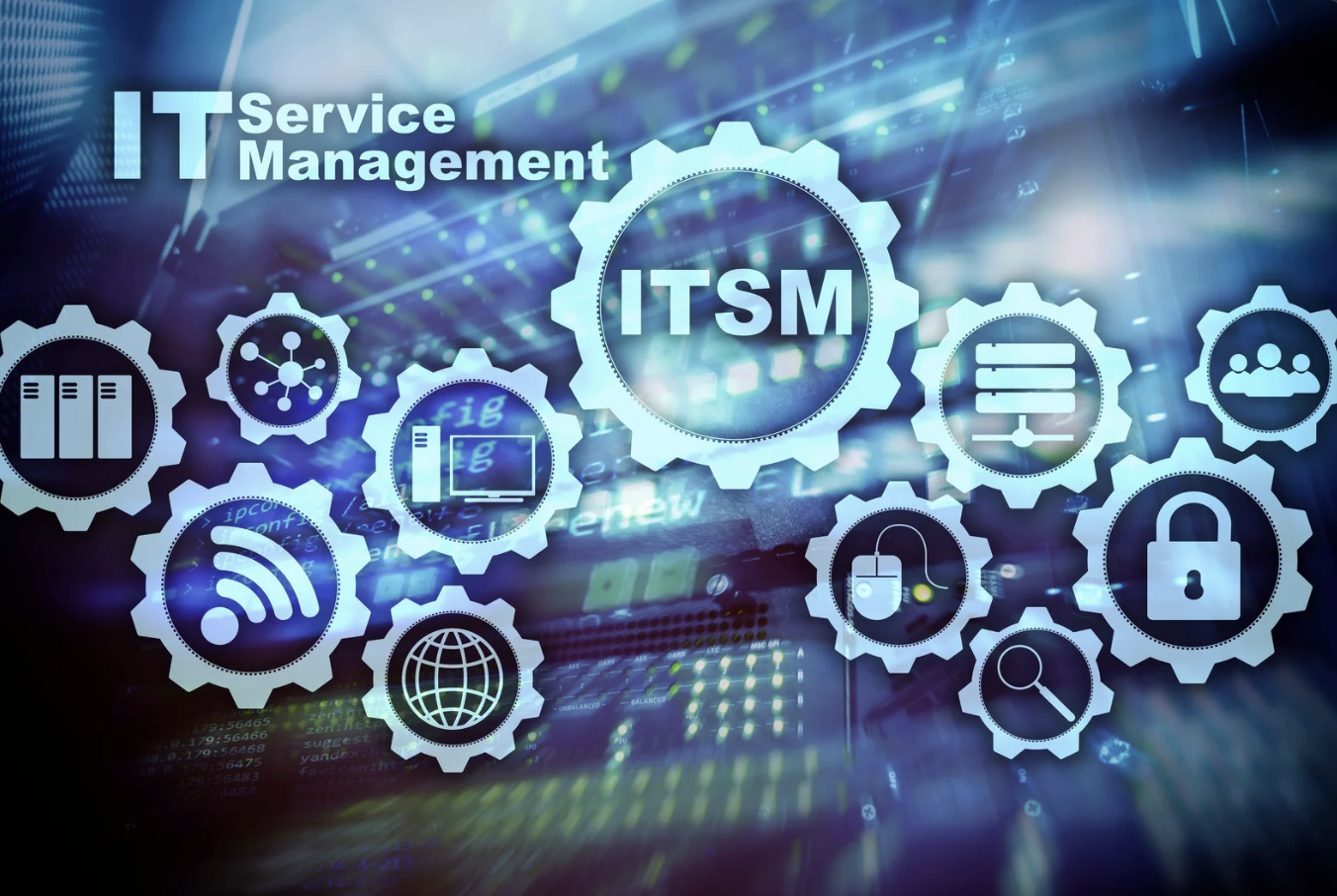Gen-AI in ITSM: Transforming the Help Desk from Reactive to Proactive

Gen AI Assisted IT Service Management is changing the way organizations run their help desks, shifting from reacting to problems after they happen to preventing them before they even occur.
By weaving predictive analytics, intelligent automation, and self-learning into ITSM, generative AI turns service management into something that feels less like firefighting and more like future-proofing.
Think of it this way: instead of waiting for systems to break and scrambling to fix them, IT teams can now sense disruptions on the horizon, automate the routine, and focus on meaningful improvements.
The result? Fewer tickets, faster responses, happier employees, and a help desk that feels more like a proactive guide than a last resort.
This is the promise of Gen AI Assisted IT Service Management, and it is already becoming a reality. Learn more about implementing Gen AI Assisted IT Service Management solutions tailored to your business needs.
If you would like to see how this shift works in practice, keep reading. We will walk through how generative AI transforms ITSM into a proactive, resilient, and user-first discipline.
The Old Paradigm: Why Traditional ITSM Feels Outdated
For years, ITSM has followed a predictable pattern: something breaks, a ticket is logged, and the help desk team works to resolve it. It works, but only in a reactive sense.
The problems with this approach are well-known:
- Delays: users sit idle while IT scrambles.
- High costs: skilled people waste time on repetitive tasks.
- Recurring issues: without deeper insights, the same problems reappear.
- User frustration: employees lose confidence in IT’s ability to “stay ahead.”
In many ways, the traditional help desk feels like a doctor who only shows up once the patient is already sick.
What Exactly Is Gen-AI in ITSM?
Generative AI is not just another automation tool; it is adaptive intelligence that can understand context, communicate in natural language, and learn from every interaction.
When applied to ITSM, it becomes Gen AI Assisted IT Service Management, a system that does the following:
- Understands intent when a user describes a problem.
- Predicts failures before they disrupt work.
- Recommends solutions that get smarter with each incident.
The difference from old-school AI? Instead of following rigid scripts, Gen-AI can reason, adapt, and even generate new insights. That is what makes it such a breakthrough for IT service teams drowning in complexity.
The Benefits of Gen AI Assisted IT Service Management
Here is how the shift feels in action:
- Proactive Problem Detection: Imagine the system quietly warning you about a looming outage and fixing it overnight, before anyone notices.
- Smart Automation: Tickets get categorized and routed instantly, no more bottlenecks.
- Self-Service That Works: Chatbots powered by Gen-AI don’t just give canned responses; they solve real problems with natural, human-like conversations.
- Faster Fixes: Instead of digging through logs, IT teams get AI-generated recommendations that cut resolution times in half.
- Lower Costs: Less manual intervention means more time for high-value work.
- Happier Users: Employees don’t see IT as a roadblock anymore, but as a proactive partner.
It is a win for everyone, the organization, the IT staff, and the end users.
From Reactive to Proactive: What the Transformation Looks Like
Picture two scenarios.
- Reactive ITSM: A system outage happens. Hundreds of tickets flood in. IT scrambles, fixes it hours later, and everyone is frustrated.
- Gen-AI ITSM: The system detects an anomaly, applies a fix automatically, and alerts IT. Employees barely notice
That is the difference. Instead of reacting to emergencies, IT teams start preventing them. Over time, AI learns from every incident, building a predictive map that makes the help desk stronger and smarter.
This transformation does not just save time but redefines the role of IT from a break-fix team to a proactive force for innovation.
Real-World Examples of Gen-AI in ITSM
Here is where it gets concrete:
- Automated Resolution: Tickets for common issues (password resets, VPN access, software installs) get resolved instantly.
- Dynamic Knowledge Base: AI keeps support articles updated automatically, so users always have fresh answers.
- Conversational Support: Employees talk to an AI assistant that “gets it” and solves problems in seconds.
- Pattern Recognition: AI notices that certain errors spike after updates and flags the trend before it escalates.
- Change Risk Analysis: Before a rollout, AI predicts which systems might break, saving teams from late-night crises.
These use cases are not futuristic; they are already being deployed today.
What Could Hold You Back?
Of course, no transformation is without challenges:
- Data privacy: AI needs access to data, and that requires careful governance.
- Integration hurdles: Legacy systems don’t always play nice with new tech.
- Human oversight: AI is powerful, but IT still needs skilled professionals to guide and validate it.
- Trust: Both users and IT staff need confidence that AI is making fair, transparent decisions.
- Change fatigue: Shifting from old processes takes cultural buy-in, not just new tools.
Being realistic about these barriers and planning for them makes adoption smoother and more sustainable.
Looking Ahead: The Future of ITSM with Gen-AI
The trajectory is clear:
- From ITSM to AIOps: AI won’t just manage tickets; it will oversee entire IT operations.
- Continuous Learning: Systems will get sharper with every incident logged.
- Self-Healing IT: Imagine a digital ecosystem that auto-corrects without human intervention.
In the near future, the help desk won’t only solve problems, it will function like the nervous system of the enterprise: sensing, adapting, and keeping the entire organism in balance.
How to Get Started Without Overwhelm
The best way to begin is step by step:
- Assess your current ITSM maturity: Where are the biggest pain points?
- Pick high-impact use cases: Start with simple, repetitive tasks.
- Run pilots: Test AI in a controlled environment and measure results.
- Scale thoughtfully: Expand only once the foundation feels solid.
Conclusion
If traditional ITSM is like treating symptoms after illness, Gen-AI turns IT into a healer, catching problems early, strengthening resilience, and keeping the entire system healthy.
The help desk of tomorrow won’t only respond to issues; it will anticipate them, adapt to them, and resolve them before they impact anyone’s day.
That is the true power of Gen AI Assisted IT Service Management: a future where IT is not only reactive support, it is a proactive partner in growth, transformation, and enterprise well-being.









